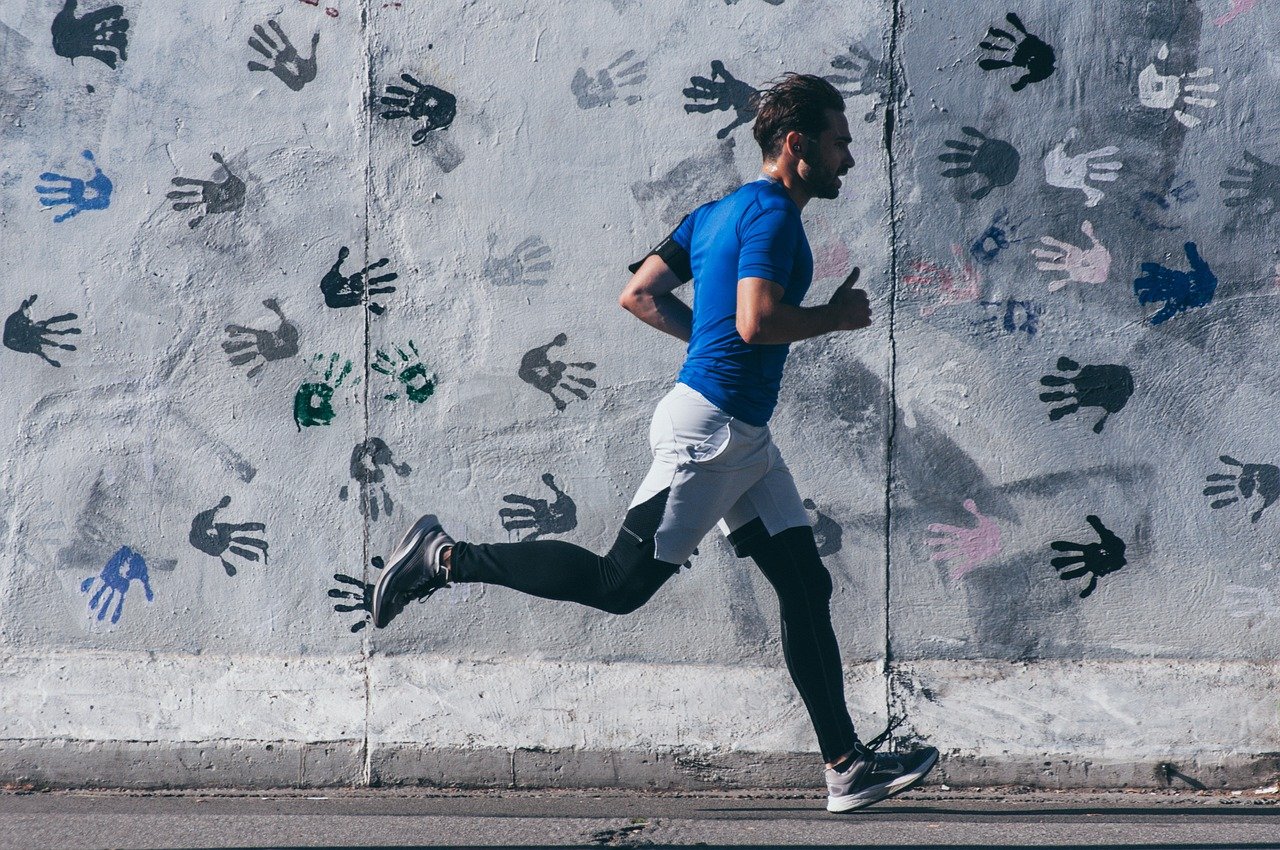How to Exercise Safely at Home
Protect your joints Throughout the day, your joints help you move and bear the burden of your weight. During exercise, your joints experience even more movement or even heavier loads — sometimes both — so it’s important to be sure…
10 tips for exercising safely
Almost anybody can safely take up walking, and light to moderate exercise is usually fine for healthy adults with no troublesome symptoms. But do you need to talk to your doctor before taking on a more strenuous regimen? It’s wise…
Mental Health Considerations of the Athlete Transition out of Sport
Eat, sleep, train, recover. It is a familiar pattern for elite athletes who dedicate days, years, and even decades to their sport and the pursuit of excellence. But at some point, no matter the successes and failures that have occurred,…
Keeping Girls in Sport: Evaluating the Impact of an Online Coach Education Resource
International Day of the GirlOpens in a new window is celebrated globally on October 11th, focusing attention on the need to amplify girls’ voices, advocate for their rights, and elevate their position in society. Within the Canadian sport and physical activity sector,…
Esports and Cycling: A Match to Stand the Test of Time
Esports have experienced a meteoric rise in the last few years. According to a recent Reuters articleOpens in a new window, worldwide esports industry revenues are expected to top $159 billion by the end of 2020 with projections to surpass $200 billion by 2023….
Self-Compassion in Sport 101
If you have been involved in the coaching or administrative side of competitive sport, chances are you have seen athletes experience emotionally difficult setbacks. These setbacks can range from devastating performance failures (e.g., “choking” during an important competition), to facing…
Strengthening Collaboration in Canadian Sport: Exploring a Nordic Strategy
Anyone who spends time in the world of sports—competing, coaching, supporting, or spectating—has heard their fair share of inspirational quotes. From “alone we go faster, together we go further” to “teamwork makes the dream work,” the strength of the team…
Movement-based approaches to program evaluation with children
This blog is part of a series in collaboration with Brock University. Written by a student in the ‘Program Evaluation in Professional Practice’ course, this blog draws on a student’s first-hand experience conducting a program evaluation during a placement with the Bounce…
Swim Together: A new model of co-participation for women and girls in sport
Parents and guardians are frequently left on the “sidelines” watching their children participate in sport. By prioritizing their child’s involvement, adults often don’t participate in sport and physical activity themselves, and their own well-being may suffer (Misener, 2020Opens in a new window). In particular, mothers may view recreational sport for themselves as either a guilt-laden activity or a luxury due to both…
Creating quality sports programs for kids with intellectual and developmental disabilities
Children with intellectual and developmental disabilities (IDD) can benefit physically and psychosocially when they take part in sport (Baran et al., 2009, 2013; Weiss & Bebko, 2008). Unfortunately, their needs are often neglected, which leads to various physical, social, communication…



















